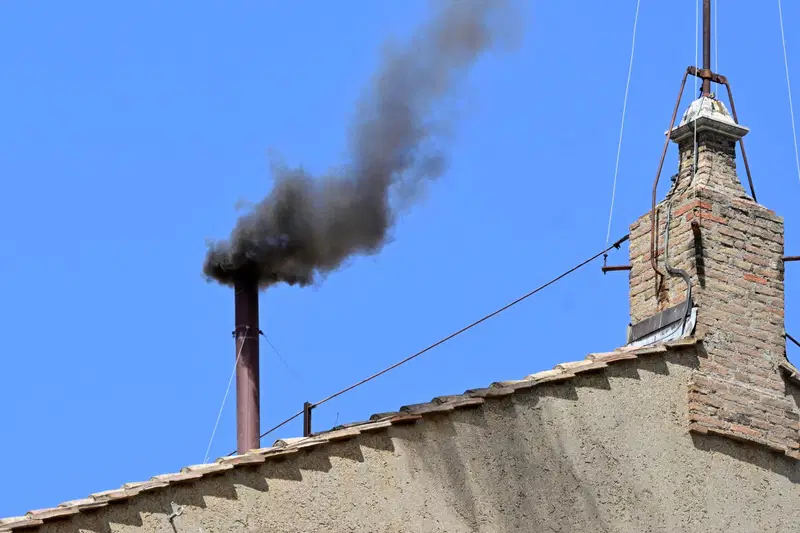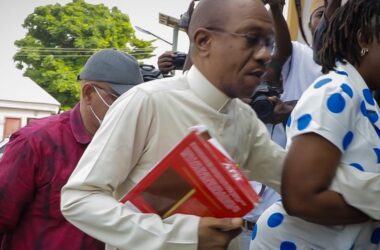Black smoke rose from the chimney of the Sistine Chapel for the second time on Thursday morning, signaling that the cardinals gathered in conclave have not yet reached an agreement on who will become the next pope.
This visual sign, which has long been part of papal tradition, indicates that no candidate received the required two-thirds majority vote needed to be elected as the next leader of the Roman Catholic Church.
The cardinals began their deliberations on Wednesday evening, following the death of Pope Francis, who passed away on Easter Monday.
The decision on who will become the 267th pope in the Church’s nearly 2,000-year history is one of deep significance, not only to Catholics but to millions around the world who closely follow the Church’s role in global affairs.
For now, the faithful and curious alike remain in suspense, watching for the telltale white smoke that will signal the successful election of a new pontiff.
This latest signal was captured early Thursday as black smoke billowed from the famous chimney above the Sistine Chapel, drawing reaction from the thousands of pilgrims and reporters gathered in St. Peter’s Square.
It echoed Wednesday night’s earlier smoke signal, which had similarly shown that no decision had yet been made.
According to Church tradition, the cardinals meet in secrecy and vote up to four times each day—twice in the morning and twice in the afternoon—until one among them secures enough votes.
The ballots are then burned after each round, with chemicals added to produce either black or white smoke, depending on the outcome.










